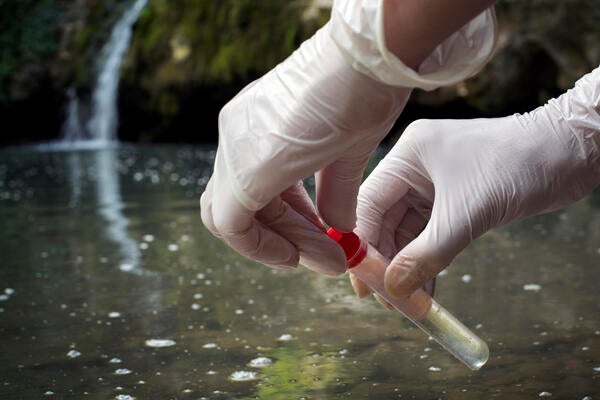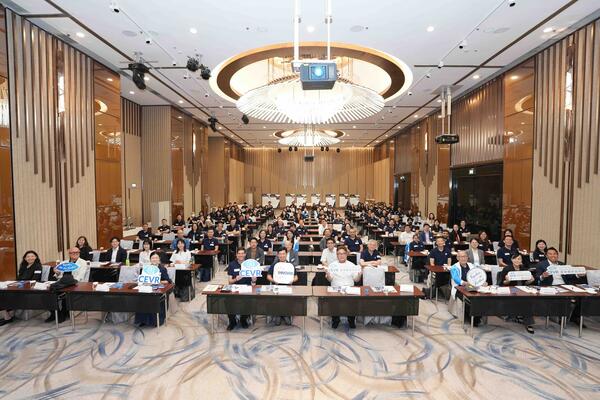
Stabilizing low blood sugar in infancy prevents long-term brain damage
Untreated low blood sugar can cause adverse effects on a child’s neurodevelopment

Untreated low blood sugar can cause adverse effects on a child’s neurodevelopment
By Media RelationsLow blood sugar in infancy is serious, but treatment can ward off long-term brain damage in infants, a new study has found.
The study from the University of Waterloo and the University of Auckland is the first research of its kind to declare stabilizing blood sugar levels in newborns with hypoglycemia prevents brain damage.
Low blood sugar, also known as hypoglycemia, occurs when the level of glucose in the blood is too low. Low blood sugar is very common, affecting more than one in six babies. As glucose is the main source of fuel for the brain and the body, untreated low blood sugar can cause adverse effects on a child’s neurodevelopment up to the age of 4.5 years old.
While it’s known that exposure to hypoglycemia alters the shape of the early developmental course, there has been a significant gap in our understanding of how hypoglycemia can alter a child’s development after early childhood. The team’s new study examined the long-term consequences of a child’s brain development in mid-childhood–nine to 10 years old–and found that there was no significant difference in academic outcomes for children exposed to hypoglycemia as newborns, as compared to their peers.
“Rich pre-school and school experiences may help a child’s brain to re-organize and improve their academic abilities up to the developmental milestones of their peers,” said Ben Thompson, a professor from the School of Optometry & Vision Science at Waterloo, CEO of the Centre for Eye and Vision Research in Hong Kong, and part of the team working on the groundbreaking research.
Following 480 children born at risk of neonatal hypoglycemia, researchers assessed each child at aged nine to 10 in five key areas: academic achievement, executive function, visual-motor function, psychosocial adaptation, and general health. All child participants were involved in previous studies, providing researchers with information on their neuro-development outcomes at two and 4.5 years old.
The research team says that this catch-up in neuro-cognitive function could be because of brain-plasticity—the brain’s ability to adapt, change and mature as a result of experience.
“It’s a big relief to know that babies who are born with and treated for a condition as common as hypoglycemia are not likely to suffer long-term brain damage,” Thompson said.
Over the past decade, the research team has continued studying the efficacy of dextrose gel to treat low blood sugar in the first 48-hours of a newborn’s life, avoiding the need for babies to go to newborn intensive care units immediately after delivery. Dextrose is a sugar that comes from corn or wheat that is chemically identical to blood sugar.
In an additional study published in the Journal for the American Medical Association, the team assesses the later risks of dextrose gel as a treatment for hypoglycemia in infancy, and found it caused no significant difference to the risk of neuro-sensory impairment at age two. This treatment continues to be widely used outside of New Zealand in a growing number of countries, including Canada, Australia, the United Kingdom and the United States.
The studies, Association of neonatal hypoglycemia with academic performance in mid-childhood and Prophylactic oral dextrose gel and neurosensory impairment at 2-year follow-up of participants in the hPOD randomized trial, were published in the Journal for the American Medical Association this month.

Read more
Waterloo research is leading the fight against an invasive plant threatening Ontario wetlands

Read more
Wastewater monitoring indicates early upward trends in COVID-19 and Influenza

Read more
The InnoHK Centre for Eye and Vision Research aims to bring eye and vision research to market through Waterloo-Hong Kong partnership
The University of Waterloo acknowledges that much of our work takes place on the traditional territory of the Neutral, Anishinaabeg, and Haudenosaunee peoples. Our main campus is situated on the Haldimand Tract, the land granted to the Six Nations that includes six miles on each side of the Grand River. Our active work toward reconciliation takes place across our campuses through research, learning, teaching, and community building, and is co-ordinated within the Office of Indigenous Relations.